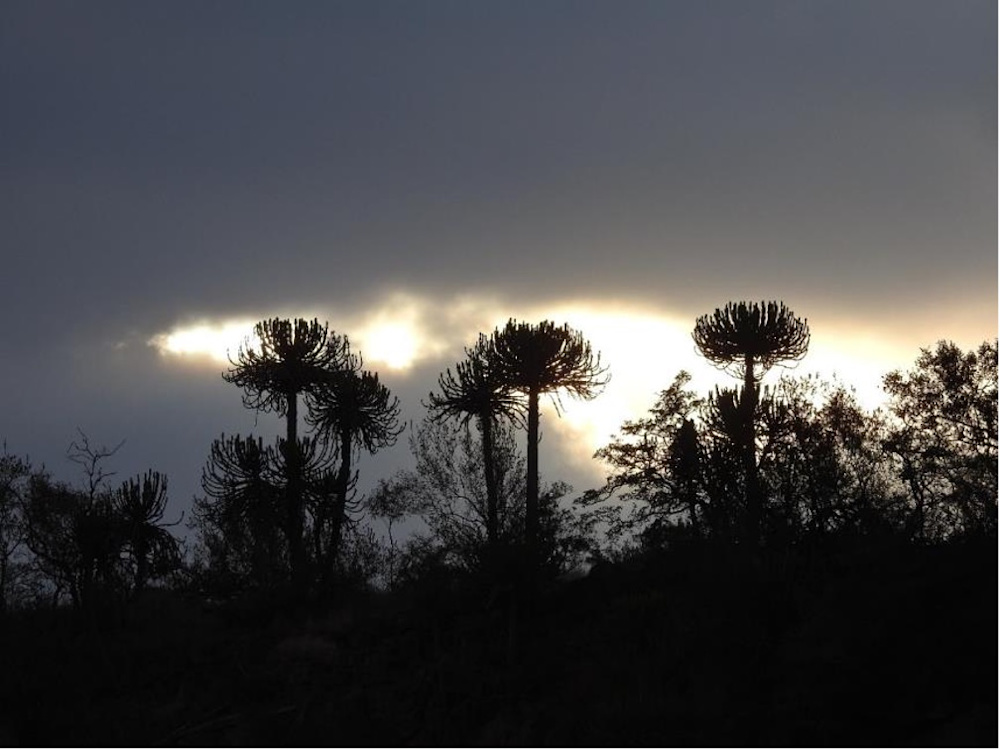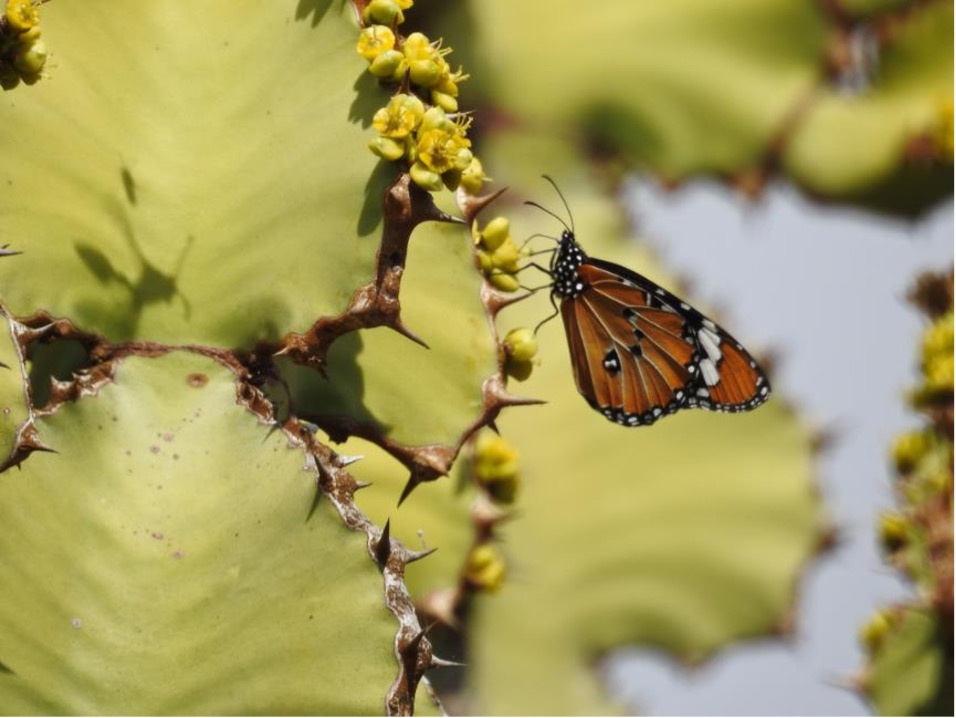May 2021
Special trees of Singita Lebombo
Share:
Special trees of Singita Lebombo

Lebombo candelabra silhouettes
Singita Lebombo is situated on the central-eastern part of the famous Kruger National Park. Lebombo Lodge is positioned on a ridge of the famous Lebombo mountains (this ridge of hills forms the eastern boundary of South Africa with Mozambique). The Lebombo mountains are the home of numerous different trees species. Many of the tree species only occur here.
We feel blessed as we are operating on a 15 000 hectare concession, which we do not share with any other lodges around. This concession is private, allowing only Singita vehicles. Our concession is the biggest among all other concession within the Kruger National Park. A unique aspect of our beautiful concession is that we have a large variety and diversity of tree species, some of which only occur in the Lebombo ridge and nowhere else.
The Lebombo mountains stretch from Kwazulu Natal until they end in Zimbabwe. Characteristic trees on this range of hills include the Lebombo cluster leaf (Terminalia phanerophlebia), Lebombo euphorbia, (Euphorbia confinalis), large-leaved rock fig (Ficus abutifolia), Cape teak (Strychnos decussata) and lavender croton (Croton gratissimus). Some of these trees give this range of hills (particularly within the concession) their specific character. One of the easily identifiable and characteristic trees that occurs on this range of hills is the Lebombo euphorbia (Euphorbia confinalis). It is a tall, slender, single-stemmed tree with a candelabra -shaped crown. In the area there is another species of large, succulent euphorbia which has a similar look to the Lebombo euphorbia. It is called the bushveld candelabra (Euphorbia cooperi), and differs from the Lebombo euphorbia by having broader, more triangular segments to the branches. The euphorbias are usually leafless spiny trees, with succulent stems and a milky latex. There are approximately two thousand euphorbia species worldwide and some three hundred in southern Africa.
When you drive along the road in the concession that follows the N’wanetsi River and look to the east you will notice the stands of Lebombo euphorbia growing on the cliffs. One of the most interesting facts about the Lebombo euphorbia is that it usually grows on rocky outcrops.
Most euphorbia species have a white, milky latex that may pour out of the branches when they are damaged. This sap is very toxic and it is not advisable to touch it as it can cause your skin to blister (it is highly caustic) and if it gets into your eyes it could cause blindness. In the past people sometimes used the latex as an arrow-poison for hunting purposes. Traditionally, it is believed that this latex could be used as a remedy for tooth-ache (you just put a drop on the tooth to relieve pain). Although very few animals are known to feed on Euphorbia trees porcupines are known to eat the bark and may even eventually ring-bark the tree which will cause the tree to die. The local people (Shangani) also use the branches of Lebombo euphorbia to catch fishes by dropping it into ponds of water to paralyze the fishes. The fish heads and gills need to be cut off and discarded before eating the fish.
The Lebombo candelabras and bushveld euphorbias both flower from September to December and tend to attract numerous butterflies and other insects to the strange-looking flowers (known as cyathiums). Squirrels and birds have been seen to feed on the seeds of these trees.

African monarch butterfly feeding on the flowers (cyathiums) of a bushveld candelabra tree.
Photographs by Brian Rode

By Ishmael Nyathi
Field Guide